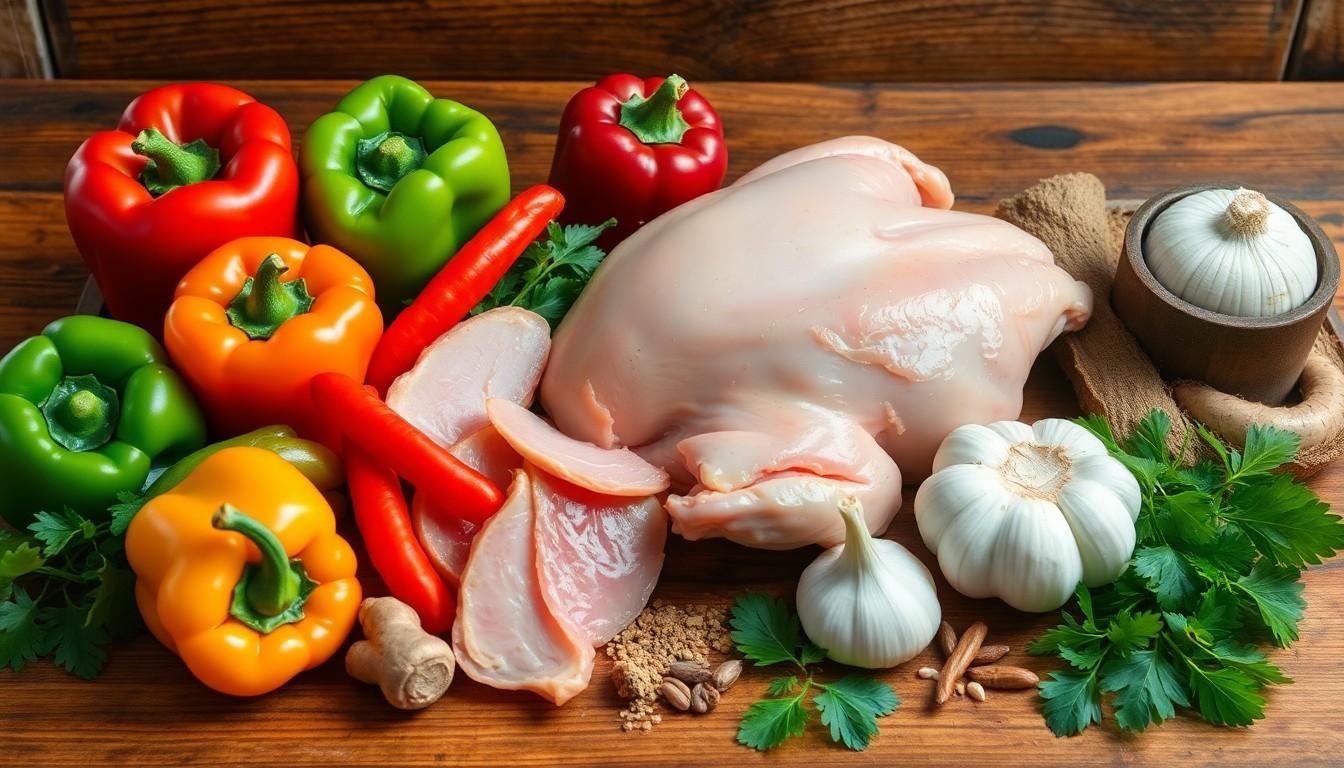Imagine indulging in a delicious dotarizo right in the comfort of your own kitchen. This flavorful dish, often found in the heart of culinary traditions, brings a unique twist to any meal. Whether you’re a seasoned chef or a kitchen novice, cooking dotarizo at home isn’t just possible—it’s downright fun!
Understanding Dotarizo
Dotarizo represents a vibrant twist on traditional dishes. Its unique flavor profile and ingredients make it a delightful option for a variety of meals.
What Is Dotarizo?
Dotarizo is a savory dish renowned for its combination of spices and textures. Typically, it includes meat, vegetables, and a blend of local seasonings. Cooks prepare it using various methods, such as baking or slow-cooking. The flavors develop over time, creating a rich taste that appeals to many. Ingredients vary by region, adding versatility to the dish. Engaging in the cooking process allows individuals to customize it to their preferences.
Cultural Significance of Dotarizo
Dotarizo holds a special place in many cultures, often serving as a centerpiece during gatherings. Families frequently prepare this dish to celebrate significant events, fostering a sense of community. Traditions surrounding dotarizo can vary widely, reflecting local customs and heritage. By sharing dotarizo, people strengthen bonds and preserve culinary traditions. The dish showcases regional ingredients, emphasizing local flavors and fostering pride in culinary practices. Its presence on the table symbolizes not just nourishment but also connection and celebration.
Ingredients Required

Gathering the right ingredients is crucial for cooking dotarizo. The dish relies on a blend of essential elements that contribute to its unique flavor profile.
Essential Ingredients
Meat serves as the primary component, with options like chicken or beef being popular choices. Aromatic spices such as garlic, ginger, and cumin add depth to the dish. Fresh vegetables, including bell peppers and onions, enhance the texture and nutritional value. Rice acts as the base, absorbing flavors throughout the cooking process. Sufficient salt is necessary to balance the savory notes.
Optional Ingredients
Adding herbs like cilantro or parsley can elevate the dish’s freshness. Nuts, such as almonds or cashews, provide a delightful crunch. Other options, like yogurt or sour cream, create a creamy contrast that enhances the overall experience. Including dried fruits like raisins or apricots introduces a hint of sweetness. Cooking with different types of broth can alter the flavor, offering further customization.
Cooking Process
Cooking dotarizo involves several key steps that elevate the dish’s robust flavors. Preparation sets the foundation for a successful meal.
Preparing the Ingredients
Start by choosing high-quality meat, such as chicken or beef. Chop fresh vegetables like bell peppers and onions into bite-sized pieces. Mince aromatic spices, including garlic and ginger, for maximum flavor release. Measure rice and broth for the cooking base to ensure proper texture. Salt balances the seasoning, so weigh it carefully. Optional ingredients like herbs, nuts, and dried fruits can complement the dish, so select those that appeal to personal taste. Organizing all ingredients makes the cooking process smoother and more efficient.
Step-by-Step Cooking Instructions
Begin heating oil in a large pot over medium heat. Sauté minced garlic and ginger until fragrant, then add chopped vegetables. Stir until they soften, which takes about five minutes. Incorporate the meat, cooking until browned on all sides. Pour in the rice, stirring to coat with the spices and oil. Gradually add broth, ensuring it covers the rice and meat. Bring the mixture to a boil, then reduce the heat, covering the pot. Allow it to simmer for approximately 20 minutes, letting flavors meld. After cooking, let it rest for a few minutes before serving. Adjust seasoning before enjoying this vibrant dish.
Tips for Perfect Dotarizo
Achieving perfect dotarizo involves a few key strategies to enhance the cooking experience and flavor profile. Following these tips can significantly improve the final dish.
Common Mistakes to Avoid
Choosing the wrong type of meat can lead to less-than-ideal results. Opt for cuts that remain tender during cooking, such as chicken thighs or beef chuck. Additionally, neglecting to season properly can diminish flavor. Salt should be added gradually and tasted throughout the process. Overcooking vegetables often results in mushiness, so incorporate them at the right stage. It’s essential to monitor the rice’s doneness, ensuring it absorbs flavors without becoming too soft. Lastly, skipping the resting period may impact texture; allowing dotarizo to rest before serving enhances flavor melding.
Enhancing Flavor
Incorporating aromatic spices is vital for a rich taste. Begin with garlic and ginger, sautéing them until fragrant. Fresh herbs, such as cilantro or parsley, can elevate the dish further. Adding a touch of citrus zest or juice brightens the overall flavor profile. Experimenting with different broths can create unique nuances; chicken or vegetable broth works well. Utilizing nuts, like almonds or walnuts, adds crunch and richness. Incorporating dried fruits, such as raisins or apricots, provides sweetness and complexity, balancing savory elements. Adjusting spices during cooking ensures a perfectly seasoned final dish.
Serving Suggestions
Serving dotarizo creatively enhances its appeal at meals. Pairing it with the right accompaniments can elevate the entire dining experience.
Traditional Accompaniments
Serve dotarizo alongside traditional sides like a fresh salad or warm bread. A tangy yogurt sauce complements the spices in the dish. Pickled vegetables offer a crunchy contrast. Additionally, pairing with couscous or a simple grain can create a satisfying meal. Consider using local specialties to honor culinary traditions. Each side enhances the flavors and adds nutritional value to the meal.
Creative Serving Ideas
Experimenting with presentation can impress guests. Use vibrant garnishes like fresh herbs or lemon wedges for added color. Serving dotarizo in individual bowls creates an inviting atmosphere. Add a splash of citrus for a zesty touch that brightens the dish. Alternatively, serving it on a large platter encourages family-style dining. Explore different spice blends or toppings like toasted nuts for an unexpected twist. Each creative presentation option makes the dish inviting and memorable.
Conclusion
Cooking dotarizo at home opens up a world of flavors and creativity. This dish not only brings a unique taste to the table but also fosters a sense of community and tradition. By experimenting with ingredients and cooking methods, anyone can create a personalized version that reflects their culinary style.
The joy of preparing dotarizo lies in its versatility and the opportunity to share it with loved ones. As it becomes a centerpiece during gatherings, it reinforces connections and celebrates cultural heritage. Embracing this flavorful dish is a delightful way to explore new culinary horizons while enjoying the warmth of shared meals.

